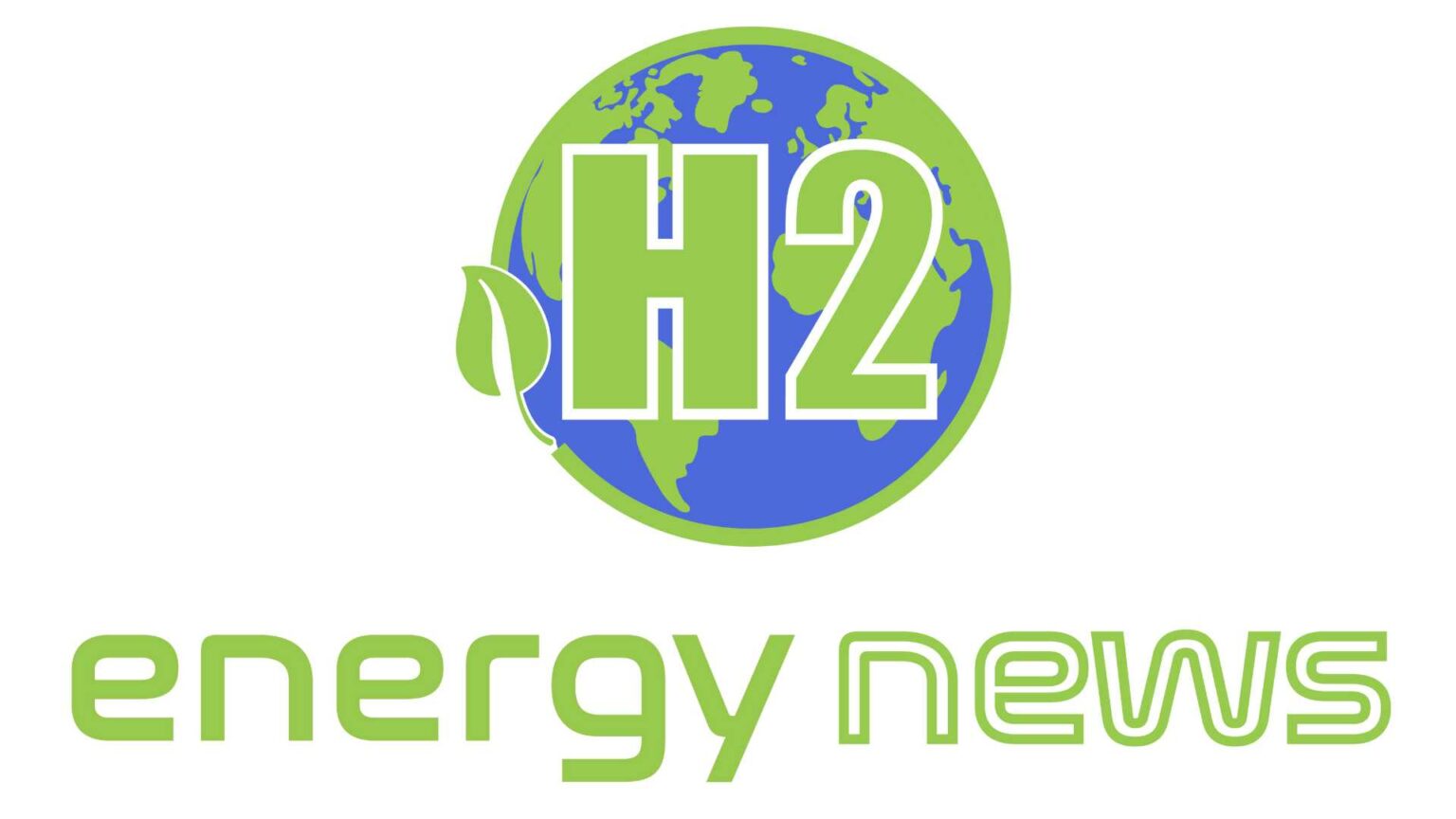Argentina has a historic opportunity, driven by the acceleration of the global energy transition, to consolidate “an export platform of scale in low carbon energies,” according to the future scenarios report presented by the H2ar Consortium, a collaborative workspace between companies that allows innovation and promotes the development of the hydrogen economy in the country.
The consortium, which includes 50 top-tier enterprises, is led by Y-TEC, the country’s most important research and development company for the energy industry (YPF owns 51 percent and Conicet owns 49 percent).
Argentina has competitive costs for the delivery of low-carbon hydrogen on a worldwide level, according to the document presented. As a result, it creates an ideal environment for integration into global manufacturing and marketing networks.
Furthermore, the country has considerable capacity to implement a dual-production plan for clean hydrogen, combining generation from natural gas reforming technologies with CO2 collection (blue hydrogen) and water electrolysis, all while using renewable energy. It should be emphasized that Argentina’s manufacturing costs are quite competitive, and green hydrogen is predicted to reach economic parity in 2030.
“The country possesses abundant and high-quality resources, which are two prerequisites for it to be considered a global player. “Argentina’s medium-term strategy should be centered on progressing in the validation and scaling of experiences and technologies, with the goal of gradually strengthening the foundations of this high-scale export platform of low-carbon energy,” said Santiago Sacerdote, Y-General TEC’s Manager.
Argentina, for its part, has the scientific resources and capabilities to play a significant role in global technology and industrial products chains, which will see increased demand in the emerging hydrogen economy.
According to the calculations in the research, it is currently conceivable in the country to attain a level cost of clean H2 from natural gas reform with CO2 capture and storage of 1.4 to 1.8 US $ / kg, assuming natural gas prices of 3 to 5 US $ / MMBTU. Meanwhile, clean hydrogen produced from renewable water electrolysis is predicted to cost between 1.5 and 1.6 US dollars per kilogram in 2030.
According to the statement, these hydrogen costs “place Argentina in an ideal position to attract investment and join the global value chain that is being established.”
The paper also indicated the prospect of speeding up the adoption of hydrogen technologies, as well as their massification, primarily for industry and mobility, based on these numbers.
According to the most optimistic scenarios, Argentina’s industry will have clean hydrogen prospects in the second half of this decade, namely in the ammonia, methanol, refining, and steel sectors, which now use 400,000 tons of raw material per year.
On Thursday, the Chief of Staff, Juan Manzur, met with the governor of Ro Negro, Arabela Carreras, for the first time since taking office to discuss the several initiatives that the province is pursuing in collaboration with the government, most notably the green hydrogen project.
“We met with the Governor to discuss how we might move forward with the green hydrogen initiative that the President, Alberto Fernández, outlined at the Glasgow Summit. “This is a $8.400 million project that will result in the development of 15,000 new direct jobs and more than 40,000 indirect jobs,” Manzur stated.
“It is a show of confidence in the country that guarantees predictability, sustainability, and a commitment to the future,” Manzur said at the end of the meeting, which also included Foreign Minister Santiago Cafiero, Interior Minister Eduardo de Pedro, and Deputy Chief of Cabinet Jorge Neme.
“Together with the head of staff, we examined the development of the works in the province and basically we analyzed the green hydrogen project,” the governor said after the meeting. “This plan, which Ro Negro is implementing in collaboration with the Nation, will revolutionize the economic matrix of the country and our province,” he added.
“Work is already starting,” Carreras added, “and next year the study on winds will be completed, and then the first set of wind power generators will be built in the town of Cerro Policia.”
Finally, they agreed to keep moving forward with the agenda and to schedule further work meetings with the various government departments participating in the initiatives established in collaboration with the province in the future.
